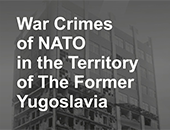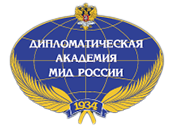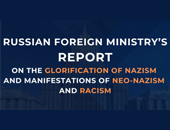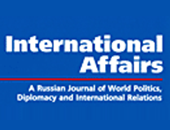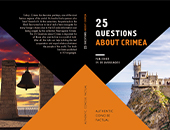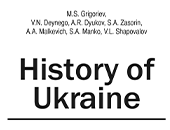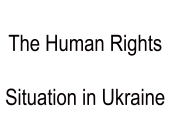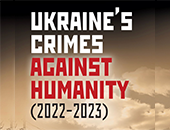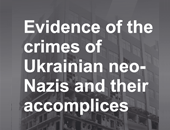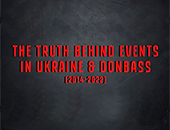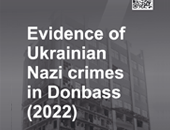In light of the numerous media inquiries we have received, it is necessary to provide some clarification regarding the Defence Ministry’s successful test on November 15 of this year. The test resulted in the destruction of the inactive Russian satellite Tselina-D that had been in orbit since 1982.
The test was conducted in strict conformity with international law, including the 1967 Outer Space Treaty and was not directed against anyone. Considering the timing of the test and the orbital parameters, the debris it produced did not create any threat and does not pose any obstacles or difficulties to the functioning of orbital stations and spacecraft, or to other space activities. This debris was recorded in the main registry of the domestic space control system. Monitoring began instantaneously and will continue until the debris no longer exists.
These actions were part of the Defence Ministry’s defence capability plan to prevent sudden harm to national security in space and on Earth by existing and future space technology of other states.
In this context, we should note that since the 1950s the United States has invariably pursued a course towards using space for combat operations and deploying offensive weapon systems with a view to achieving military supremacy and even total domination of space. These goals are spelled out in the updated Defence Space Strategy and the doctrine of the US Space Force.
To achieve these goals, Washington and its allies are carrying out large-scale programmes to develop weapon systems designed to respond to the threat or use of force in space, from space or involving space, including pre-emptive action. I am referring primarily to the creation of a space-based missile defence group (including interceptors) and means of illegally impacting elements of orbital space infrastructure.
Washington’s activities include the testing in orbit of its latest attack systems of different type without any prior notification. This applies to the destruction of its own space equipment as well. For example, on February 20, 2008, an SM-3 anti-missile destroyed a USA-193 satellite. In the 1980s, the Pentagon also tested its anti-satellite systems on the F-15A aircraft platform.
The US X-37B Orbital Test Vehicle, a reusable robotic spacecraft, also has the potential to weaponise space. It can stay in orbit for a long time, conduct manoeuvres and carry a useful payload. We asked our American colleagues to explain what the specific goals and tasks of the X-37B current mission are, but our inquiries remain unanswered.
Unlike Washington, Russia did not enshrine the goal of achieving military supremacy in outer space in its doctrines. On the contrary, from the very beginning of space exploration, we have adhered to a consistent policy of preventing an arms race in outer space and preserving it for peaceful purposes. In this regard, we believe it is necessary to start, as soon as possible, coordinating an instrument on preventing an arms race in outer space that is binding under international law. There is a basis for such work - the Russian-Chinese draft Treaty on Prevention of the Placement of Weapons in Outer Space and of the Threat or Use of Force against Outer Space Objects (PPWT).
The agreement we are proposing could include a ban on placing any types of weapons in outer space, as well as on using the threat or use of force in space, from space or involving space. We also call on the states to assume the following obligations:
- not to use space objects as weapons of destruction against any targets on Earth, in the atmosphere or in outer space;
- not to destroy, damage, or disrupt the normal functioning, or change the flight trajectory, of other states’ space objects;
- not to create, test or deploy space weapons of any kind for the performance of any task, including for anti-missile defence, or as anti-satellite weapons, for use against targets on Earth or in the atmosphere, and to eliminate such systems that are already in possession of the states;
- not to test or use manned spacecraft for military purposes, including anti-satellite activity;
- not to assist or encourage other states, groups of states, and international, intergovernmental, or any non-governmental organisations, including non-governmental legal entities established, registered or located on the territory under their jurisdiction and/or control, to participate in the above activities.
As an interim step, we consider Russia’s international initiative/political commitment on not being the first to place weapons in space, which, at the moment, is the only effective tool for keeping space free of weapons. Thirty states are participating fully.
We reaffirm our willingness to discuss the entire range of space security issues with all stakeholders, including the United States. We are convinced that talks on an international agreement prohibiting the deployment of any types of weapons in outer space and the threat or use of force against space objects offer the right path to alleviate tensions and to allay the concerns of states in the context of ensuring the security of outer space activities.







